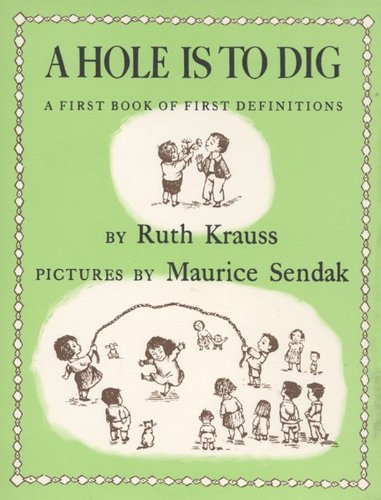I’m doing proportionally more posts about children’s books just now because this Covid lockdown is giving me more time than ever with granddaughter Ruby, and concomitantly less time for other reading.
After my last post about books I’ve read with Ruby, a lovely friend/blog reader lent me a swag of books she thought we’d enjoy. This is that swag:
Ian Falconer, Olivia Saves the Circus (Atheneum 2001)
The original Olivia has been a big success. Ruby talks about Olivia’s little brother Ian quite a lot and doesn’t want to go pink at the beach ‘like Olivia’. So this book, in which Olivia tells her class at school how she stepped into the breach when the circus performers were all sick, was very welcome. Although Ruby is a long way from getting the classroom jokes – the teacher is sceptical of Olivia’s tall tales and forces a near-admission of untruthfulness – she asks for the book on repeat. Olivia’s bold inventiveness is pretty irresistible.
Alison Lester, Clive Eats Alligators (OUP 1985)
The first spread of this gives us six children eating breakfast, all different. Turn to the next spread: the text on the left-hand page reads ‘But Clive eats alligators,’ and the image on the right shows Clive, perhaps disappointingly, eating a cereal called Alligator Pops. The book continues with Getting Dressed, Playing, Lunch, Shopping, Pets, Treats and Bedtime. Each of the seven children has a turn at having a spread to her or himself. The fun is in tracing any one of them through the book and seeing how their interests play out in the different contexts: the girl who loves horses, the bookish boy, and so on.
Shirley Hughes, Chatting (Walker Books 1994)
Shirley Hughes is one of the great children’s illustrators of the 20th century. The endpapers of this book are 18 wonderful, warm cameos of active small children, each with a present participle beneath it: laughing, aching, pushing, pouring, and so on. The body of the book picks up on one of these cameos, ‘chatting’. and rings variations on it. The first person narrator is a little girl who likes to chat, who is bored when adults chat for too long, whose mother calls her a chatterbox, whose best chats of all are with her dad when he comes to say goodnight. The illustrations are great, but not very enticing to Ruby, and the theme is a bit lost on her too, I think. (For my part, I rankled vicariously at the ‘chatterbox’ criticism.)
Vera B Williams, “More More More,” Said the Baby (Greenwillow Books 1990)
Subtitled ‘Three Love Stories’, this is exactly that. In three separate stories a small child – a toddler rather than a baby – has a great time with an adult and cries out, ‘More. More. More.’ Except , that is, for the third one, because she’s asleep and just says, ‘Mmm. Mmmm. Mmmm.’ Done in consciously arty gouache, and with attention to diversity, this is very sweet. It doesn’t have the dramatic hold of Olivia or Rosie (see below), but it’s terrific.
Ruth Krauss (writer) and Maurice Sendak (Illustrator), A Hole Is to Dig (Harper Collins 1952)
Subtitled ‘A first book of first definitions’, this is just that – a collection of definitions, mostly in the form ‘X is to y’: ‘A watch is to hear it tick,’ ‘A mountain is to go to the top,’ ‘A mountain is to go to the bottom,’ ‘A package is to look inside.’ The text is witty and charming, but what makes the book brilliant are the pen-drawing illustrations by Maurice Sendak, then 24 years old. It’s a book to treasure. Ruby doesn’t care for it at all.
Maurice Sendak, The Sign on Rosie’s Door (1960)
Stung by Ruby’s indifference to the 1952 Sendak, I retrieved this chapter book from our bookshelves, expecting it to sail right past her. The book has been on high rotation ever since.
You can see Meryl Streep reading the first half of the book at Maurice Sendak’s 80th birthday party, complete with slides of Sendak’s drawings, at this link. In that half, Rosie becomes Alinda the Lovely Lady Singer. In the second half, which is even better, she becomes Alinda the Lost Girl (‘Who lost you?’ ‘I lost myself.’) and a giant firecracker, and finally (spoiler alert) a sleepy cat. So many lines in this book make my heart sing. It was inspired by children Sendak saw playing in the street outside his window in Brooklyn, in particular the little girl who ran the show. Like Ruby, Rosie creates a lot of fun, and takes on a range of identities as she goes. I love them both.
Clive Eats Alligators is the ninth book I’ve read for the Australian Women Writers Challenge 2020.









Pingback: Monday musings on Australian literature: Alison Lester | Whispering Gums
Pingback: Ruby Reads 28: Mostly William Steig | Me fail? I fly!